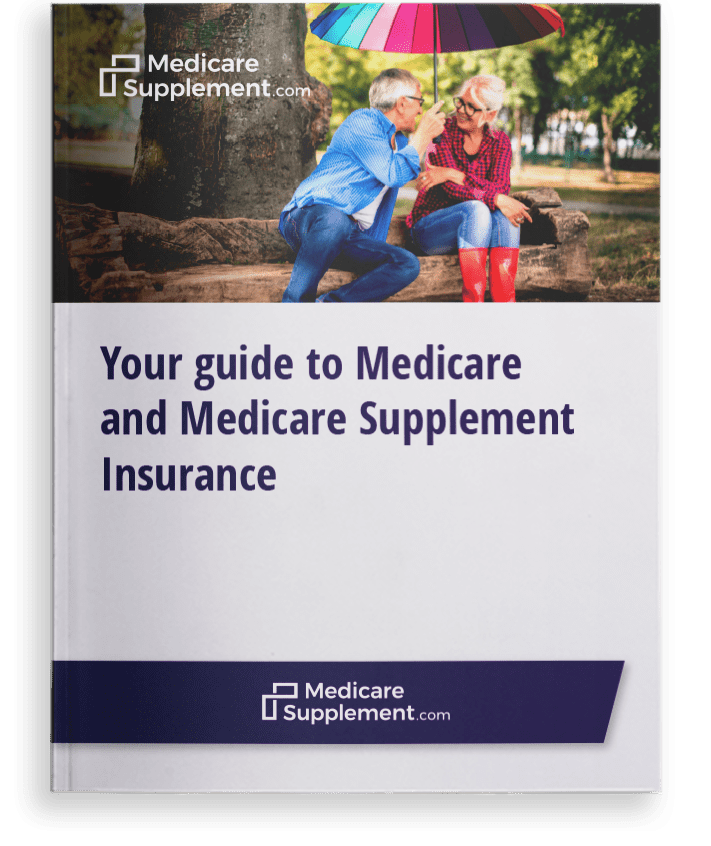3 things to know about Medicare eligibility and enrollment:
- You may be enrolled in Original Medicare (Part A and Part B) automatically.
- If not automatically enrolled, you can apply during certain enrollment periods.
- To qualify for Medicare, you must meet certain age, residency, or disability criteria.
Medicare eligibility typically requires that you are age 65 and a citizen (or permanent legal resident) of the United States. You may also qualify if you’re under 65 and have a qualifying condition or disability.
Many people are enrolled in Medicare automatically. If you don't qualify for automatic Medicare enrollment, you can enroll on your own.
Automatic enrollment for Medicare Parts A & B
You may be enrolled in Original Medicare automatically if one of the following applies to you:
- You’re turning 65 and already get Social Security benefits or benefits through the Railroad Retirement Board (RRB).
- You’re under 65, disabled, and have been getting Social Security or RRB benefits for over 24 months.
If you are eligible for automatic Medicare enrollment, you will get a Medicare card in the mail 3 months before your 65th birthday. If you don’t want Part B (which requires you to pay an additional premium), you should follow the instructions on the back of the card to reject it.
Manual enrollment for Original Medicare
If you are not enrolled in Medicare Part A and Part B automatically, you need to apply during an enrollment period. Enrollment periods are windows when you can join Medicare. There are 3 enrollment windows for getting Medicare Parts A & B:
- Initial Enrollment Period (IEP)
- Special Enrollment Period (SEP)
- General Enrollment Period (GEP)
Initial Enrollment Period (IEP)
The Initial Enrollment Period (IEP) is the first window when you can enroll in Medicare.
Your IEP is 7 months long. It starts 3 months before the month you turn 65. It continues through the month you turn 65 and then for another 3 full months after that. So if you turn 65 on June 5, your IEP starts on March 1st (3 months before June) and ends on September 30 (3 full months after June).
If you know you want Medicare coverage, apply as early as possible. The reason you should apply early is if you apply before the month of your 65th birthday, coverage will start immediately. If you apply during the month of your birthday or later, there will be a delay in receiving your Medicare health insurance benefits.
Special Enrollment Period (SEP)
A Special Enrollment Period is when you can sign up if you skipped enrollment when you were first eligible because you were covered by an employment-based group health plan. (Note: COBRA and retiree health plans are not considered employment-based group health plans.)
If this situation applies to you, you can enroll in Parts A & B during the following periods:
- Any time when you’re still covered by the group health plan
- During the 8 months after either employment or group coverage ends. The 8-month period starts after whichever of those two ends first.
General Enrollment Period (GEP)
The General Enrollment Period is when you can sign up for Part A or Part B if you didn’t during the Initial Enrollment Period and aren’t eligible for a Special Enrollment Period. The General Enrollment Period lasts from January 1 to March 31 of each year. Those who sign up during this time might pay a higher premium and will not receive coverage until July 1 of that year.
Medicare Enrollment process
Eligible applicants should apply with the Social Security Administration. Before enrolling in Medicare, you should have the following information ready:
- Date and place of birth
- Medicaid number and start/end dates
- Current health insurance information
After the application is submitted, you will be contacted by a SSA representative if they need any additional information. Accepted applicants should receive a decision letter in the mail. If you manually enroll, your card will arrive within 30 days of enrollment.

